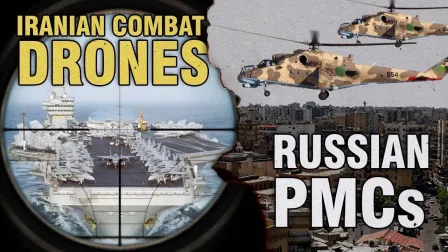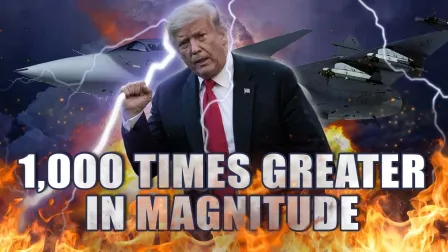
If you’re able, and if you like our content and approach, please support the project. Our work wouldn’t be possible without your help: PayPal: southfront@list.ru, http://southfront.org/donate/ or via: https://www.patreon.com/southfront, BTC: 3Gbs4rjcVUtQd8p3CiFUCxPLZwRqurezRZ, BCH ABC: qpf2cphc5dkuclkqur7lhj2yuqq9pk3hmukle77vhq, ETH: 0x9f4cda013e354b8fc285bf4b9a60460cee7f7ea9
____
On September 27, a new regional war in South Caucasus arose from the Armenian-Azerbaijani conflict over the contested Nagorno-Karabakh region.
Pro-Armenian forces captured the region in the early 90s triggering an armed conflict between Armenia and Azerbaijan. Further development of the hostilities and the expected offensive by pro-Azerbajian forces were stopped by a Russian intervention in May of 1994. As of September 2020, the Nagorno-Karabakh region and nearby areas are still under the control of Armenian forces, de-facto making it an unrecognized Armenian state – the Republic of Artsakh (more widely known as the Nagorno-Karabakh Republic).
The 2018 political crisis in Armenia the led to a seizure of power in the country by de-facto pro-Western forces led by current Prime Minister Nikol Pashinyan which did not strengthen Armenian positions over the territorial dispute. The double standard policy of the Armenian government, which was de-facto conducting anti-Russian actions but keeping public rhetoric pro-Russian, also played its own role. For years, Russia has been the only guarantor of Armenian statehood and the only force capable to rescue it in the event of a full-scale Azerbaijani-Turkish attack. Nonetheless, the Armenian leadership did pretty well in undermining its strategic partnership with its neighbor.
#Armenia #Azerbaijan #Turkey

4:18

5:33

3:41

4:17

3:53

3:26